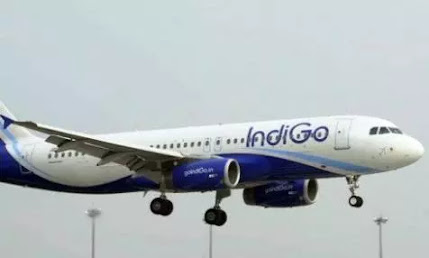To manage bomb thread to Airline

When an airline receives a bomb threat, several key personnel and authorities coordinate to manage the situation. Here's the general protocol: Airline Staff : Flight Crew : If the threat is detected in-flight, the captain (pilot in command) has the authority and responsibility to manage the situation, prioritizing passenger safety. Ground Staff : Ground staff notify airline security and follow internal protocols, including evacuating passengers if the threat is in a terminal. Airline Security Team : The airline’s security department takes immediate action to assess and validate the threat. They coordinate with airport security and law enforcement. Airport Authorities : The airport's emergency response team, including airport security and law enforcement, collaborates with the airline to secure the area and implement safety measures. Law Enforcement (e.g., Bomb Squad) : Local or national law enforcement agencies, including bomb disposal units, investigate and assess the threat...


.jpeg)

.jpeg)
.jpeg)


.jpeg)
